Ancient Egyptian hieroglyphs, believed to be a divine gift from the god Thoth, were created to preserve the civilization’s knowledge and legacy. Known as (Medu Netjer) or (Words of the Gods), this sacred script combined logograms, phonograms, and determinatives for use in religious, royal, and monumental inscriptions. Originating around 3500 BCE, hieroglyphs evolved into hieratic, demotic, and eventually Coptic scripts. Their mythological and functional roots reflect Egypt’s deep cultural and spiritual life. Rediscovered through the Rosetta Stone by Champollion, hieroglyphs today remain a powerful symbol of ancient Egypt’s enduring brilliance.
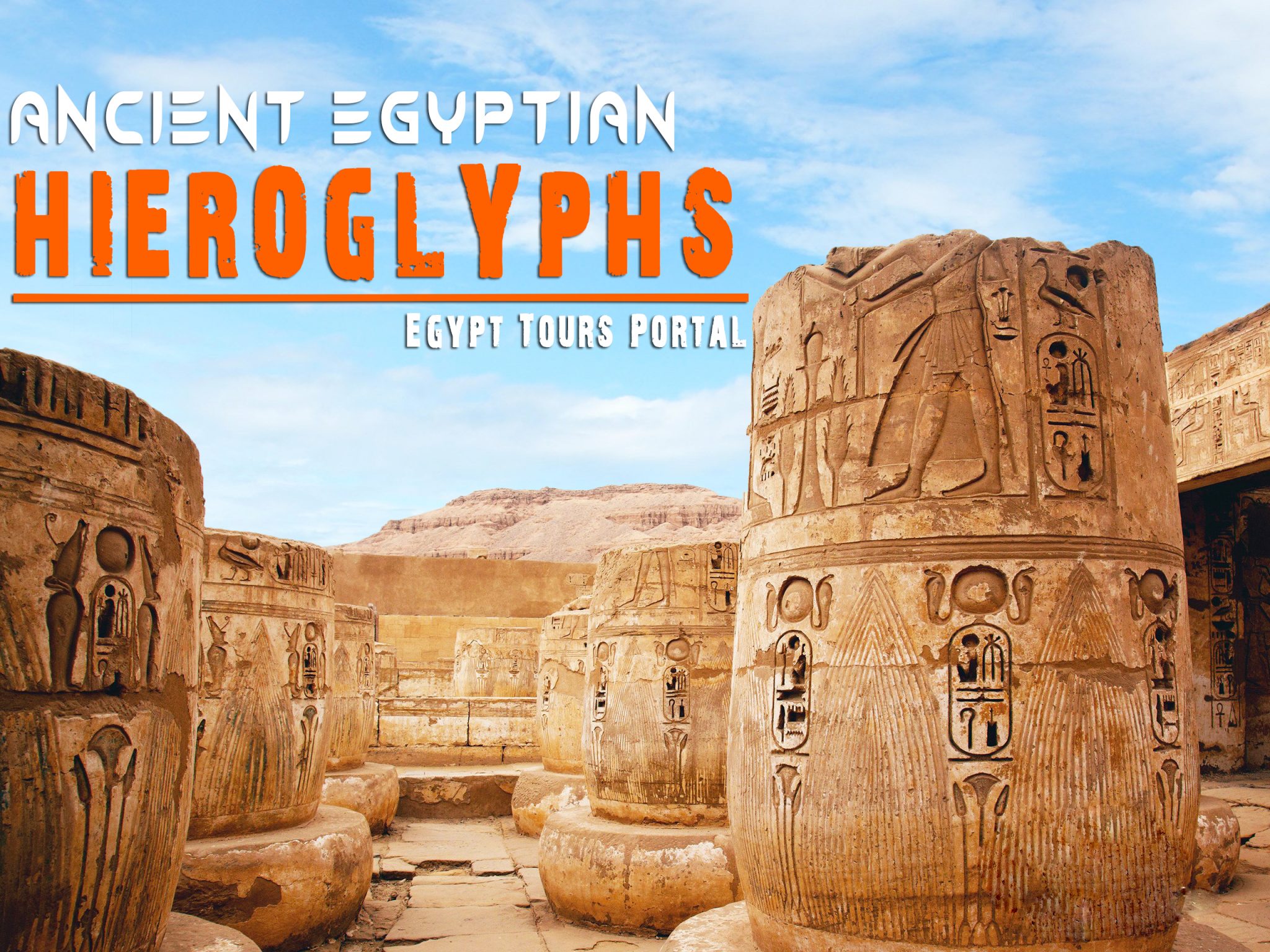
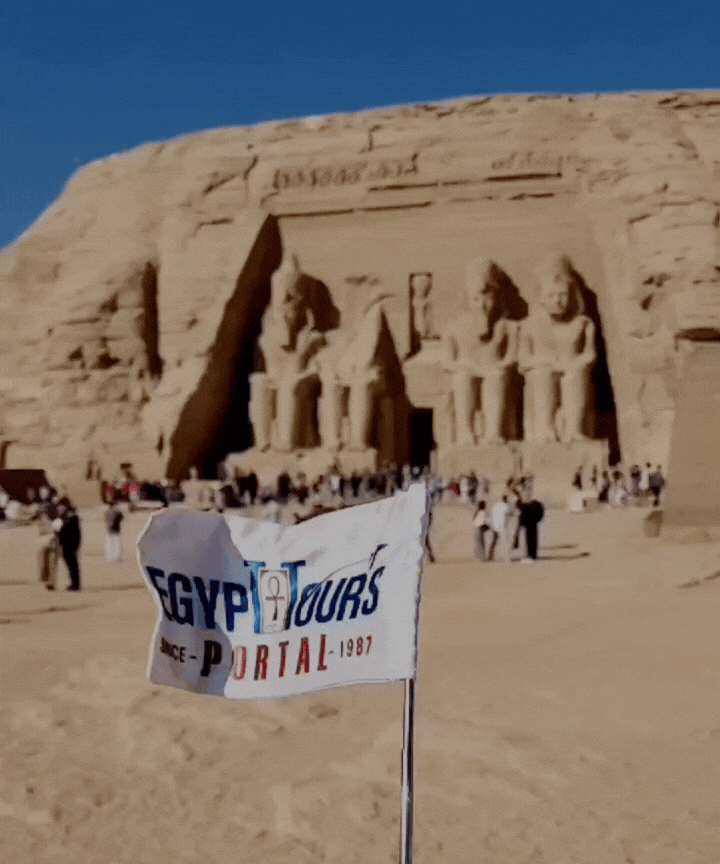
The ancient Egyptians searched for a way to immortalize their legacy and were able to come up with the magical characters known as ancient Egyptian Hieroglyphs from the heavenly ancient Egyptian gods to be used as a passage to the other side, the underworld. Ancient Egyptians believed that knowledge was the ultimate form of protection as it would be used in documenting their history, ideas, inventions, and discoveries.
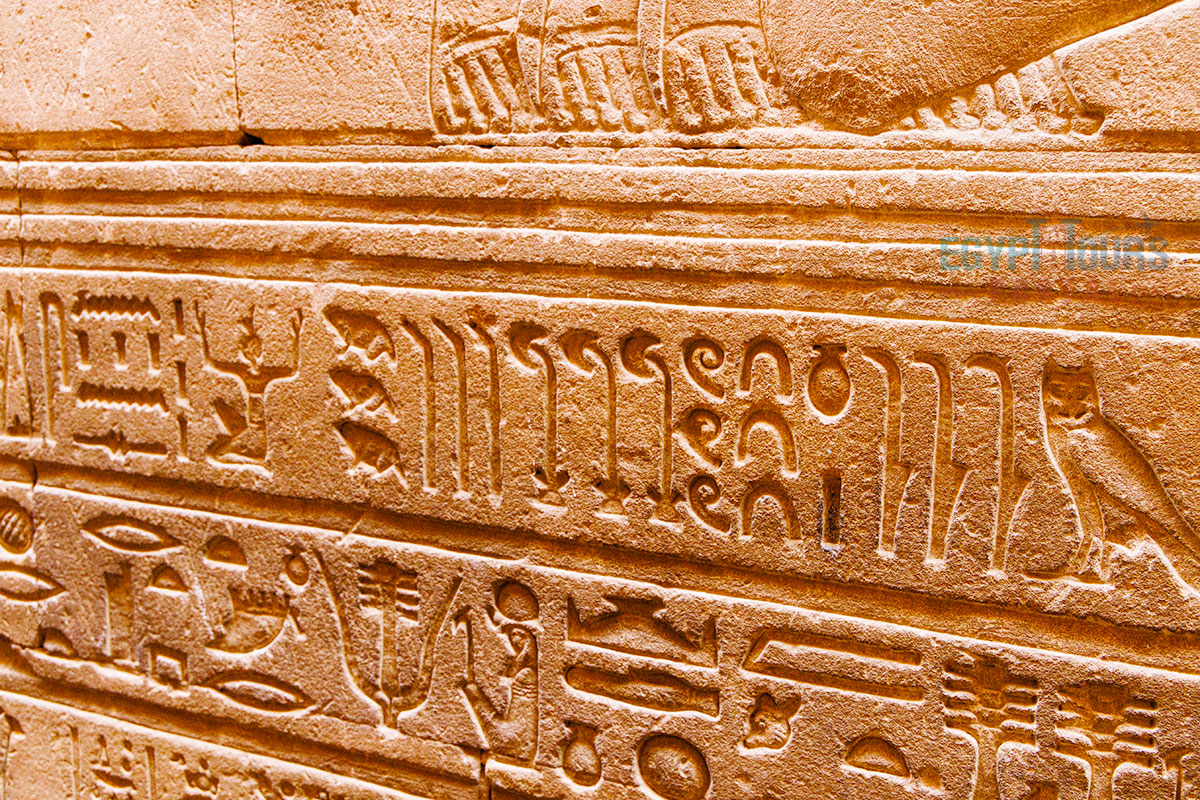
The Ancient Egyptian hieroglyphic system is an intricate writing method, renowned for its combination of visual artistry and linguistic sophistication. The hieroglyphic writing system, being both functional and decorative, was used prominently for texts of ancient Egyptian religion, royal decrees, and monumental inscriptions.
Its more streamlined forms, such as hieratic and demotic scripts, were developed for everyday administrative and literary purposes, marking an evolution in Egyptian writing that maintained hieroglyphs as a sacred, formal script. Hieroglyphs consist of three fundamental types of signs, each serving a distinct purpose in conveying meaning within the ancient Egyptian language:
Logograms: These symbols represent entire words or concepts. Often highly recognizable as pictorial representations of the objects they depict (such as a seated person to signify "man" or "person"), logograms were an essential part of the Egyptian writing system and allowed readers to immediately understand certain words directly from the image itself.
Phonograms: They are used to represent specific sounds or sequences of sounds rather than entire words. They can function similarly to letters or groups of letters, often corresponding to consonants or syllabic sounds. In the Egyptian system, phonograms could be either uniliteral (representing a single consonant), biliteral (two-consonant sounds), or triliteral (three-consonant sounds). This provided a flexible method for spelling out words phonetically, using hieroglyphs that did not represent standalone words but rather specific sounds that formed larger words when combined.
Determinatives: Hieroglyphs also employ determinatives, which were not pronounced but instead served to clarify the meaning of preceding phonograms or logograms. Determinatives provided essential context, especially in cases where similar sounds could refer to different meanings. For example, a symbol for "walking legs" might serve as a determinative to indicate movement, distinguishing between "to walk" and other meanings associated with the same phonetic components.
The Egyptian hieroglyphic system ingeniously combined these elements, logographic, syllabic, and alphabetic features, in order to create a versatile writing structure. At its height, the hieroglyphic repertoire included over 1,000 unique signs, though this number was later condensed to about 750 during the New Kingdom period to simplify the system. Despite this reduction, the script retained its expressive complexity, allowing scribes to convey nuanced meanings through strategic combinations of signs.
Hieroglyphs were written uniquely, with rows and columns that could be arranged horizontally or vertically, depending on the space available or the artistic composition of the text. The orientation of the symbols, such as the direction animals or people faced, also guided the reader on the correct reading direction, either right to left or left to right, whichever matched the orientation of the characters.
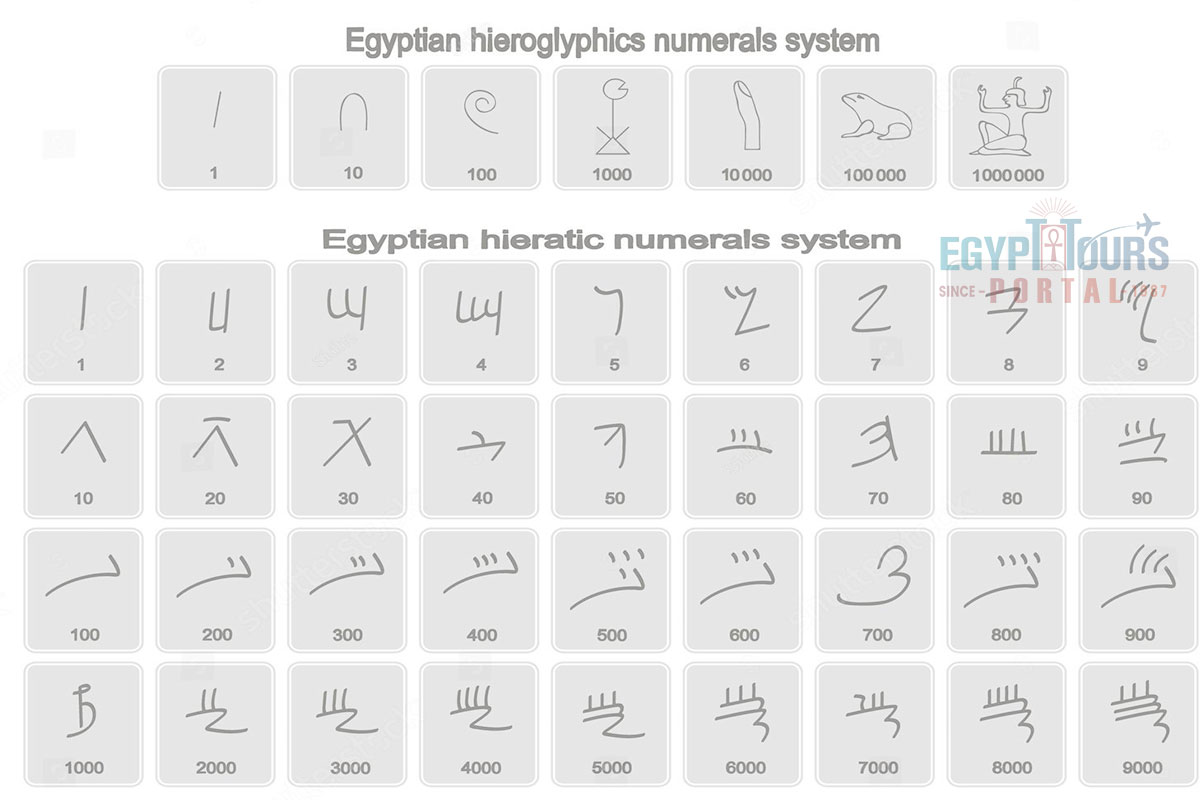
The Ancient Egyptians had a sophisticated numbering system that used unique symbols for numbers, each of which was represented by specific hieroglyphs. Unlike the decimal-based system we use today, Egyptian numbers were organized on a base-10 system but did not utilize a place-value concept, such as "tens" or "hundreds" in columns. Instead, they assigned specific symbols for powers of ten, making the system both additive and repetitive in form.
The primary symbols used in Egyptian hieroglyphic numerals were:
To construct numbers, Egyptians would repeat the relevant hieroglyphs the required number of times. For instance, the number 3,256 would be written with three lotus flowers (3,000), two coils of rope (200), five heel bones (50), and six vertical strokes (6). This method was easy to read but could result in lengthy sequences for large numbers, particularly as each number required its own distinct set of symbols.
The Egyptian numeral system was largely used for administrative, architectural, and commercial purposes, including record-keeping for taxes, calculations for construction, and religious and ceremonial events. Hieratic script, which is a cursive adaptation of hieroglyphs, was also commonly used for numbers, especially in documents on papyrus, providing a quicker, more efficient notation for practical purposes.
Explore the amazing mathematics of the ancient Egyptian civilization
Read More
There have been many theories and hypotheses regarding the origin of the hieroglyphs, but one theory seems to be the most promising, which states they were derived from rock pictures created by prehistoric hunting communities living in the desert west of the Nile River who used the means of visual imagery as a concept of communication.
Some decorations and images were depicted on pottery vessels of early pre-dynastic cultures in the zero dynasties during the period of Naqada II (3500-3200 BCE) and other vessels were buried in tombs of Naqada III (3200-3000 BC) and are considered to be the earliest stable dated examples of Egyptian hieroglyphs ever discovered. The signs of the pottery vessels are believed to showcase information about the contents of the vessels, which reflects on the growth of record-keeping and administrative control within the ancient Egyptian civilization.
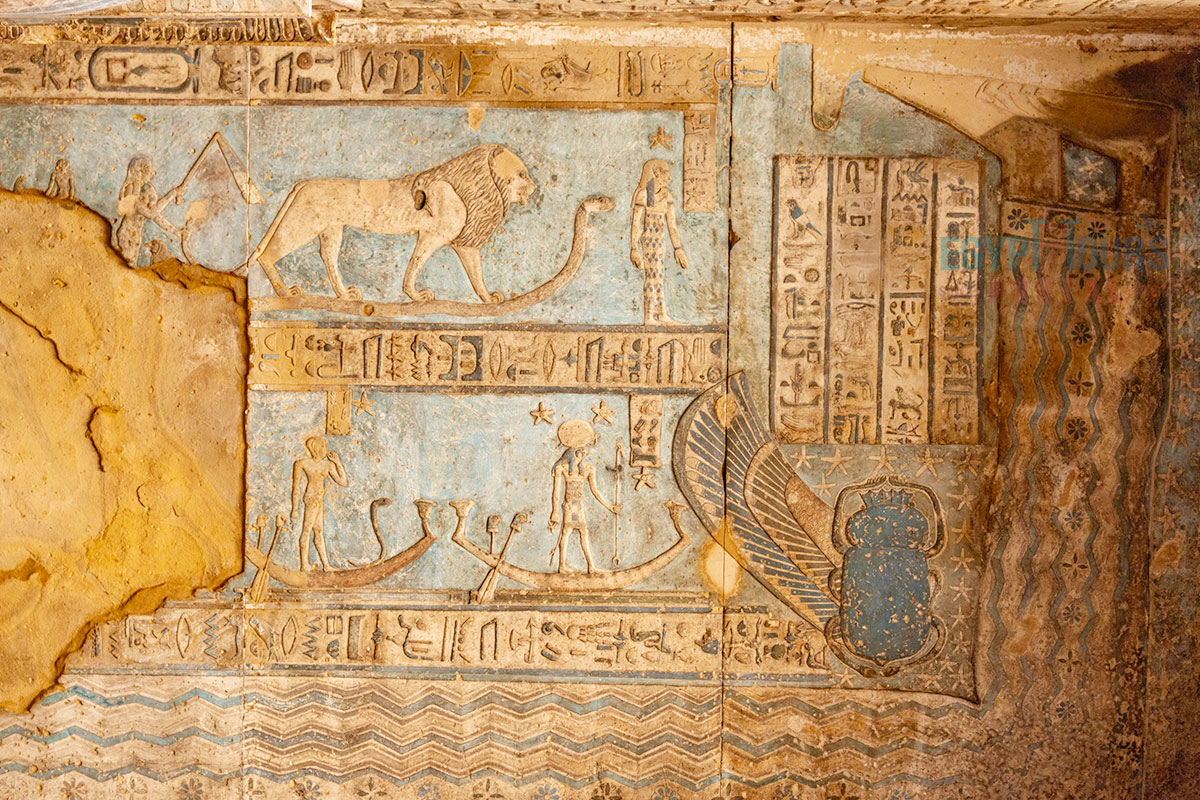
Hieroglyphs had its fair share of legends as it is believed that Thoth "The God of Wisdom and Knowledge" created the art of writing to make the Egyptians wiser and to enhance their memory, But Ra disapproved of delivering the hieroglyphs to humanity as it would make people's memories and wisdom very weak because it would make them contemplate their memory and history through written texts instead of relying on their actual memories which are passed down through generations. Thoth disobeyed the will of Re and gave the techniques of writing to a select few of the Egyptians known as the scribes. They were highly respected and honored for their knowledge and skill in using the gift of the gods.
Discover the amazing texts of the ancient Egyptian civilization
Read More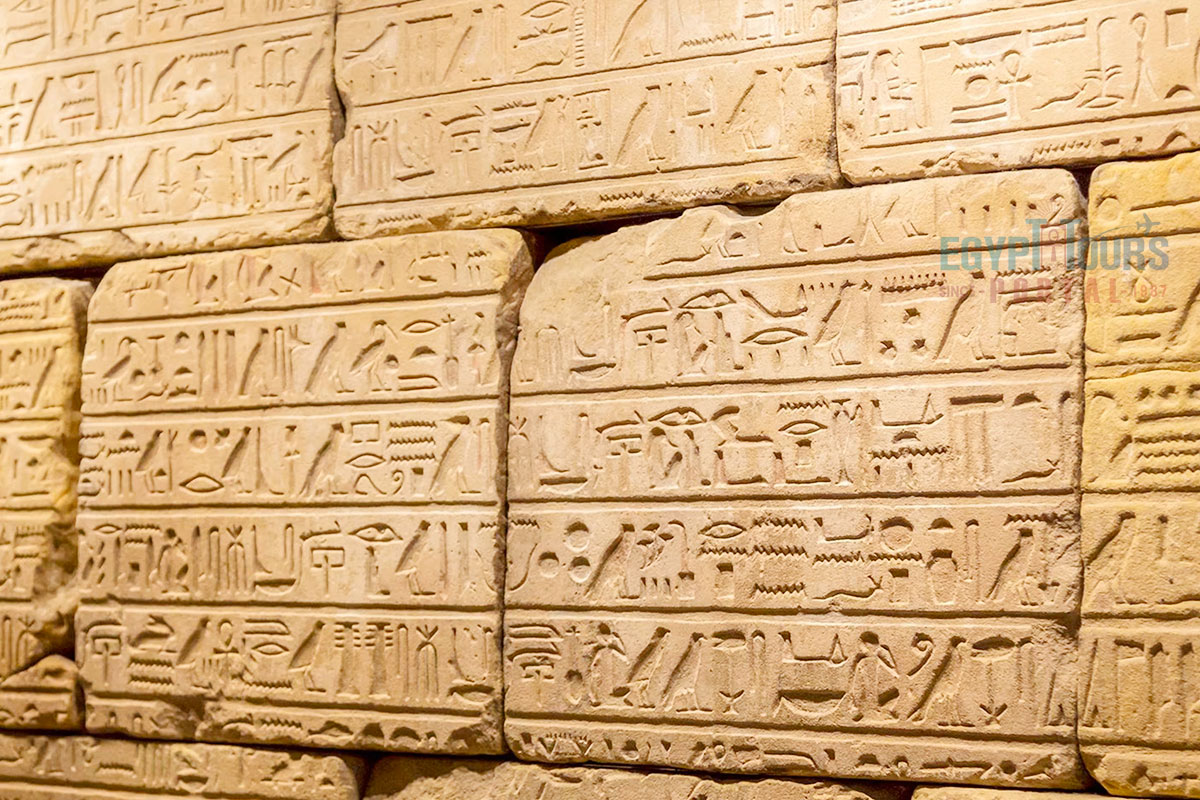
Despite the language being able to survive on surfaces of materials such as ceramic, metal, clay, and stone, Papyrus remained the main portable writing medium in the whole of Egypt. The ancient Egyptian Scribes wrote on Papyrus and alternative writing surfaces generally made of wood until the end of the 18th dynasty (1550-1292 BC). In Egypt's old kingdom (2686-2160 BC), clay tablets were very popular, and in Egypt's new kingdom (1550-1069 BC), many materials such as bone, metal, and leather were used for writing, which shows how creative and resourceful the ancient Egyptians were.
The temple of Abydos displays a great deal of information using hieroglyphs, some of which are numbers, others are believed to indicate the origin of the gods. It showcases information about the administrative structure and decisions made related to the economic activities controlled by the ruler.
For three millenniums, the ancient king and queens used the word of the gods to immortalize their achievements and names through time on funerary stone, ceremonial maceheads, and the majestic temples of Egypt which holds incredible ancient Egyptian literature like the pyramid texts around 2500 BC, the coffin texts which is a set of magical charms and liturgical spells like the one located in the famous book of the Dead.
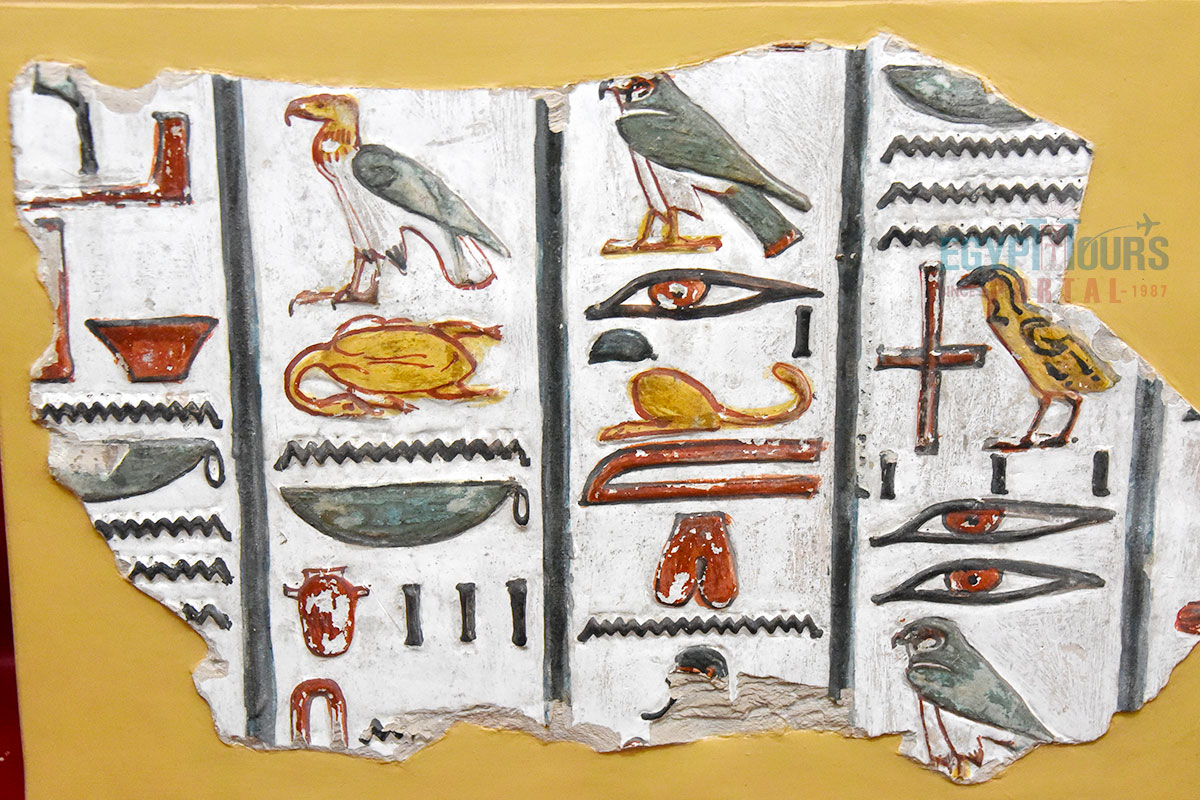
Egyptian writing was developed and evolved many times during its long history, and also gave birth to more writing styles, two cruise equivalents known as Hieratic and Demotic.
Hieroglyphic was the oldest version of the script, as it was characterized by its elegant pictorial appearance and was found in monument inscriptions like temples, pyramids, and funerary contexts. Hieratic was created and encouraged by the priests and the temple scribes who desired to simplify the process of writing. Soon, hieroglyphs were developed into the hieratic priestly script. It is believed that hieratic was developed simultaneously with the hieroglyphic script.
There was a stylized royal format of the king's name called Serekhs dating to 3200-3000 BC and was believed to be a premature stage of hieratic after the discovery of pottery vessels with serekhs written on pottery vessels had hieroglyphs in cursive format. Hieratic was written from right to left on pottery sherds and papyrus. Despite the fact that it was mainly used for religious purposes, it was also used for private, public, and commercial documents.
The demotic writing system came into use around the 7th century BC as a replacement for hieratic, except for religious and funerary inscriptions. It was called "Sekh Shat" which means "writing for documents". Demotic carries no graphic traces with its equivalent hieroglyph, which makes it really hard to link the two. The Coptic alphabet is an offshoot of the Greek uncial alphabet that rose to dominance during the Ptolemaic (332-30 BC) and the Roman period (30 BC-395 CE) in Egypt as the culture of the Roman and the Greek became highly influential.
During the 2nd century AD, Christianity began to displace some of the traditional Egyptian cults and create the Coptic writing system consisting of 32 letters and the official Coptic language. Coptic is the first alphabetic script used in the Egyptian language, which replaced the Egyptian Hieroglyphs, with only a few signs of the demotic script surviving within the Coptic alphabet. The ancient writing systems of hieroglyphs fell into oblivion for about two millennia, destined to be lost forever, until the great discovery of Champollion's.
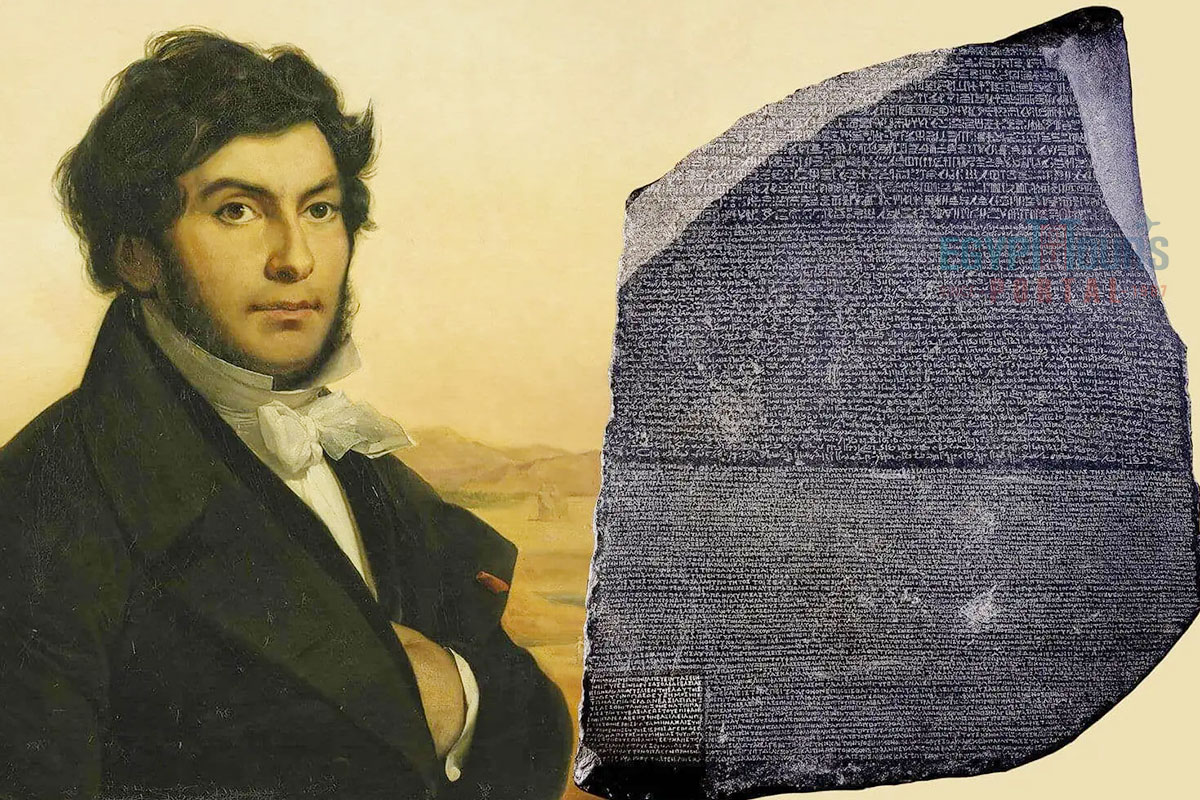
The mysterious meaning of Egyptian hieroglyphs was unlocked when Napoleon Bonaparte, with various researchers, and in 1799, the Rosetta Stone was found, which is a decree of Ptolemy V written in Greek, demotic, and hieroglyphic writing.
A man by the name of Jean-Francois was able to compare the hieroglyphs with the Greek translation, he also studied the names on obelisk from Philae which carried the names of Ptolemy and Cleopatra, this made him able to conclude that the ancient Egyptian hieroglyphic writings were a combination of sounds, ideas and words, not like ant common alphabet, and so he was able to understand the writing system of ancient Egypt, decipher it and share it with the world.
The mysteries of ancient Egypt is truly infinite as even with the deciphering of the hieroglyphs, there are a great deal of unanswered questions surrounding this incredible civilization, so Egypt Tours Portal offer you the chance the explore the wonders of Egypt, unlock its secrets, and uncover the beautiful hidden soul of this holy country.
The finest way to explore the mesmerizing cities of Egypt, like Cairo, Luxor, and Aswan, is by a Nile river cruise through our Egypt vacations, where you will get to hear the immortal calling of this ancient civilization.
Private 4 Days Cairo Tour Packages for Canadian Travelers 4 days Cairo Egypt Tour pa...
Tour Location: Cairo – Giza...
5 Days Cairo and Alexandria Tour Package For Canadian Travelers 5 days Cairo and Ale...
Tour Location: Cairo/Giza/Alexandria...
6 Days Cairo, Luxor & Aswan Tour Package For Canadian Travelers 6 days Cairo, Lu...
Tour Location: Cairo/Giza/Aswan/Luxor...
Amazing 7 Days Cairo and Hurghada Holiday for Canadian Travelers 7 Days Cairo & ...
Tour Location: Cairo – Giza – Hurgh...
Egyptian hieroglyphs share several similarities with letters in the English alphabet, though they function in more complex ways. Much like letters that represent sounds in English, many hieroglyphs function as phonograms, representing individual sounds or syllables. These phonetic glyphs include uniliteral (single-consonant) signs, which are akin to an alphabet, and biliteral or triliteral signs, which are more complex than single sounds.
However, unlike the English alphabet, hieroglyphs can also act as logograms (symbols representing whole words or ideas) and determinatives (symbols that clarify a word's meaning but are not pronounced). This unique structure made Egyptian hieroglyphs both visual and phonetic, allowing the script to depict both concrete ideas and the sounds of the spoken language.
The oldest known hieroglyphic inscriptions date back to around 3400 BCE and were found on objects from the tomb of Scorpion I, an early ruler of Upper Egypt. These early inscriptions consist of proto-hieroglyphic symbols on pottery fragments and tags used for record-keeping. Other significant early finds include the Narmer Palette, from around 3100 BCE, which depicts some of the earliest hieroglyphs in a mature form, marking the unification of Upper and Lower Egypt.
The tomb of Seth-Peribsen from the Second Dynasty, around the 28th century BCE, contains the oldest known complete sentence written in hieroglyphs. These early inscriptions indicate that hieroglyphic writing likely developed independently in Egypt, possibly inspired by proto-writing traditions dating back to the Naqada period.
The exact individual or group responsible for creating hieroglyphic writing remains unknown, but it likely emerged among elite scribes and priests who held specialized roles in the administrative and religious functions of ancient Egypt. The writing system evolved from proto-literate symbols used in early record-keeping during the Naqada III period (3300 BCE).
The development of hieroglyphs is thought to have been an intentional creation to support the complex needs of a centralized government, including tracking resources, documenting religious rituals, and establishing royal authority. By the time of Egypt’s early dynastic rulers, such as Scorpion I and Narmer, hieroglyphic writing had become a central aspect of Egypt’s cultural and administrative life.
Hieroglyphics is a writing system, not a language, and was specifically developed to record the Egyptian language. Before the advent of written language, the Egyptians communicated orally. While hieroglyphic writing is one of the world’s oldest known writing systems, it was not the first.
The Sumerians of Mesopotamia are generally credited with the earliest writing system, cuneiform, which predates Egyptian hieroglyphics by several hundred years.
Hieroglyphics represent one of the earliest and most sophisticated systems to combine phonetic and ideographic elements, showing that Egyptians developed a unique method for recording their language independently of Mesopotamian influence. This innovation was significant in shaping the course of written communication in the ancient world.
Hieroglyphics were created to meet the administrative, religious, and ceremonial needs of a complex, organized society. Initially, hieroglyphs were likely used for economic and administrative record-keeping, such as tracking resources and tax records. Over time, the writing system expanded to serve more symbolic and sacred purposes, including the recording of prayers, royal decrees, and accounts of historical events.
For the Egyptians, writing was more than just a tool; but was considered a sacred act. The hieroglyphic script, often referred to as "the words of the gods" (mdw nṯr), held a divine status and was used in inscriptions on temples, tombs, and monuments to honor deities and ensure the remembrance of important individuals.
Hieroglyphics allowed the Egyptians to immortalize their religious beliefs, celebrate their rulers, and connect with the divine, thereby giving it a central role in both their spiritual and daily lives.
The entire country of Egypt deserve to be explored with its every heavenly detail but there are places that must be seen before any other such as the breathtaking Hurghada's red sea, The wonders of Cairo the pyramids of Giza, the great sphinx, the Egyptian Museum, Khan El Khalili Bazaar, the wonders of Luxor like Valley of the Kings, Karnak & Hatshepsut temple and the wonders of Aswan such as Abu Simbel temples, Philea temple, Unfinished obelisk and The Wonders of Alexandria like Qaitbat Citadel, Pompey's Pillar and Alexandria Library. Read more about the best places to visit in Egypt.
If you want to apply for a Visa On Arrival that lasts for 30 days then you should be one of the eligible countries, have a valid passport with at least 6 months remaining and pay 25$ USD in cash, as for the E-Visa for 30 day you should have a valid passport for at least 8 months, complete the online application, pay the e-visa fee then print the e-visa to later be presented to the airport border guard. You could also be one of the lucky ones who can obtain a free visa for 90 days. Read more about Egypt travel visa.
Egypt has a variety of delicious cuisines but we recommend “Ful & Ta’meya (Fava Beans and Falafel)”, Mulukhiya, “Koshary”, a traditional Egyptian pasta dish, and Kebab & Kofta, the Egyptian traditional meat dish.
The best time to travel to Egypt is during the winter from September to April as the climate becomes a little tropical accompanied by a magical atmosphere of warm weather with a winter breeze. You will be notified in the week of your trip if the Climate is unsafe and if any changes have been made.
You should pack everything you could ever need in a small bag so you could move easily between your destinations.
We have been creating the finest vacations for more than 20 years around the most majestic destinations in Egypt. Our staff consists of the best operators, guides and drivers who dedicate all of their time & effort to make you have the perfect vacation. All of our tours are customized by Travel, Financial & Time consultants to fit your every possible need during your vacation. It doesn't go without saying that your safety and comfort are our main priority and all of our resources will be directed to provide the finest atmosphere until you return home.
You will feel safe in Egypt as the current atmosphere of the country is quite peaceful after the government took powerful measures like restructuring the entire tourist police to include all the important and tourist attractions in Egypt. Read more about is it safe to travel to Egypt.
Wear whatever feels right and comfortable. It is advised to wear something light and comfortable footwear like a closed-toe shoe to sustain the terrain of Egypt. Put on sun block during your time in Egypt in the summer to protect yourself from the sun.
The best activity is by far boarding a Nile Cruise between Luxor and Aswan or Vise Versa. Witness the beauty of Egypt from a hot balloon or a plane and try all the delicious Egyptian cuisines and drinks plus shopping in old Cairo. Explore the allure and wonders of the red sea in the magical city resorts of Egypt like Hurghada and many more by diving and snorkeling in the marine life or Hurghada. Behold the mesmerizing western desert by a safari trip under the heavenly Egyptian skies.
There are a lot of public holidays in Egypt too many to count either religious or nation, the most important festivals are the holy month of Ramadan which ends with Eid Al Fitr, Christmas and new years eve. Read more about festivals & publich holidays in Egypt.
Egypt is considered to be one of the most liberal Islamic countries but it has become a little bit conservative in the last couple of decades so it is advised to avoid showing your chest, shoulders or legs below the knees.
Arabic is the official language and Most Egyptians, who live in the cities, speak or understand English or at least some English words or phrases. Fewer Egyptians can speak French, Italian, Spanish, and German. Professional tour guides, who work in the tourism sector, are equipped to handle visitors who cannot speak Arabic and they will speak enough English and other languages to fulfill the needs of all our clients.
The fastest way is a car, of course, a taxi. If you are in Cairo ride a white taxi to move faster or you could board the fastest way of transportation in Egypt metro if the roads are in rush hour.
The temperature in Egypt ranges from 37c to 14 c. Summer in Egypt is somehow hot but sometimes it becomes cold at night and winter is cool and mild. The average of low temperatures vary from 9.5 °C in the wintertime to 23 °C in the summertime and the average high temperatures vary from 17 °C in the wintertime to 32 °C in the summertime. The temperature is moderate all along the coasts.
It is the home of everything a traveler might be looking for from amazing historical sites dating to more than 4000 years to enchanting city resorts & beaches. You will live the vacation you deserve as Egypt has everything you could possibly imagine.









